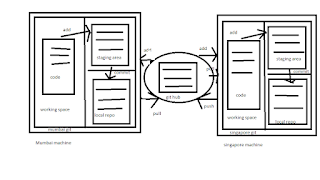pythonscript
if you want to send email if / is more than 20% then it will send it in python server1:/ #cat t44.py #!/usr/bin/python3 import os import datetime import subprocess data=os.popen("df -gt").readlines() for line in data: sp_line=line.split() if sp_line[-1]=='/': x=int(float(sp_line[-2].rstrip('%'))) if x>20: print('test') cmd='echo "Hello Team capacity is greater then 20%" | mailx -s "Monitor" jatin_sethi@optum.com' subprocess.run(cmd, shell=True)
